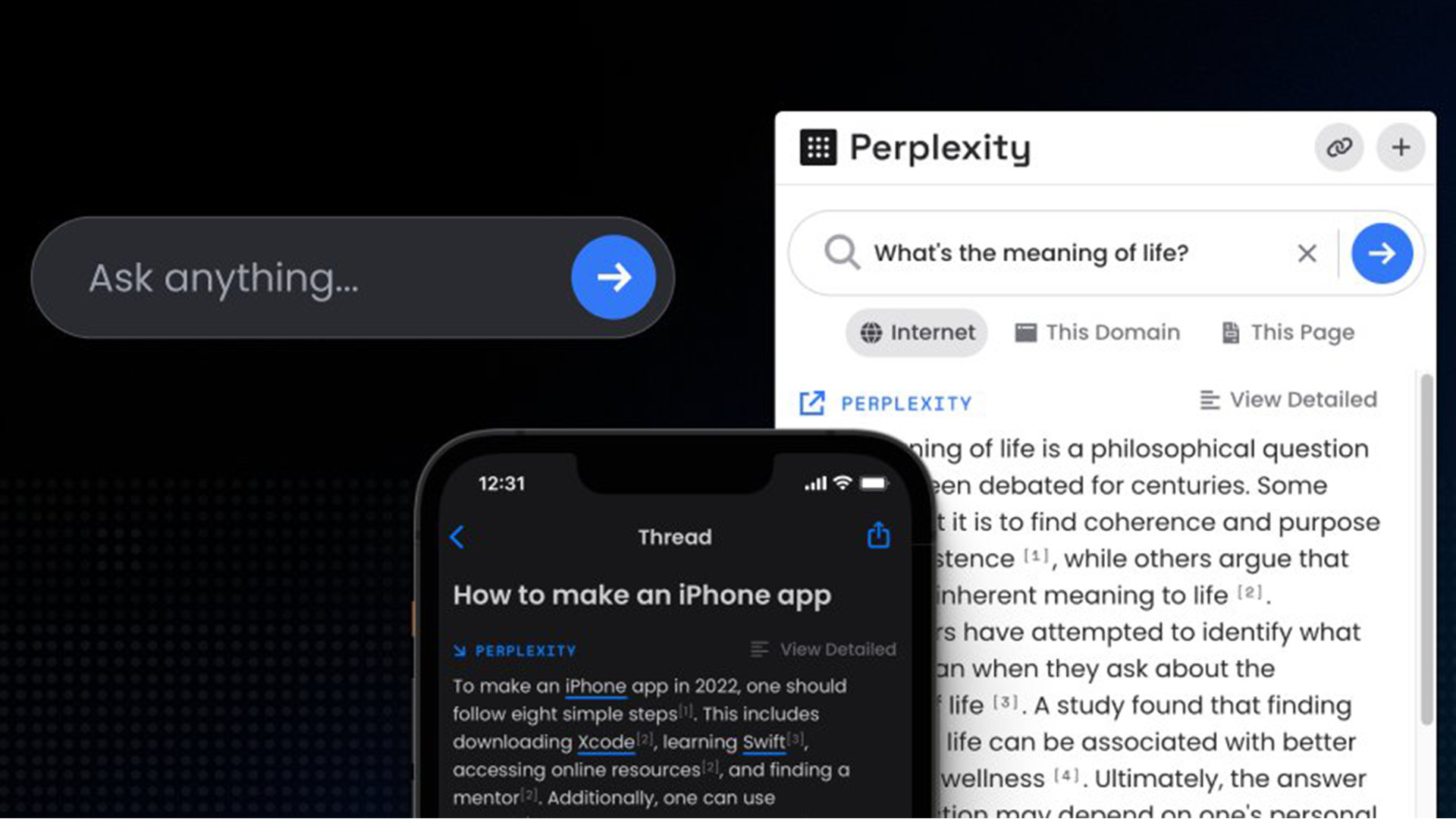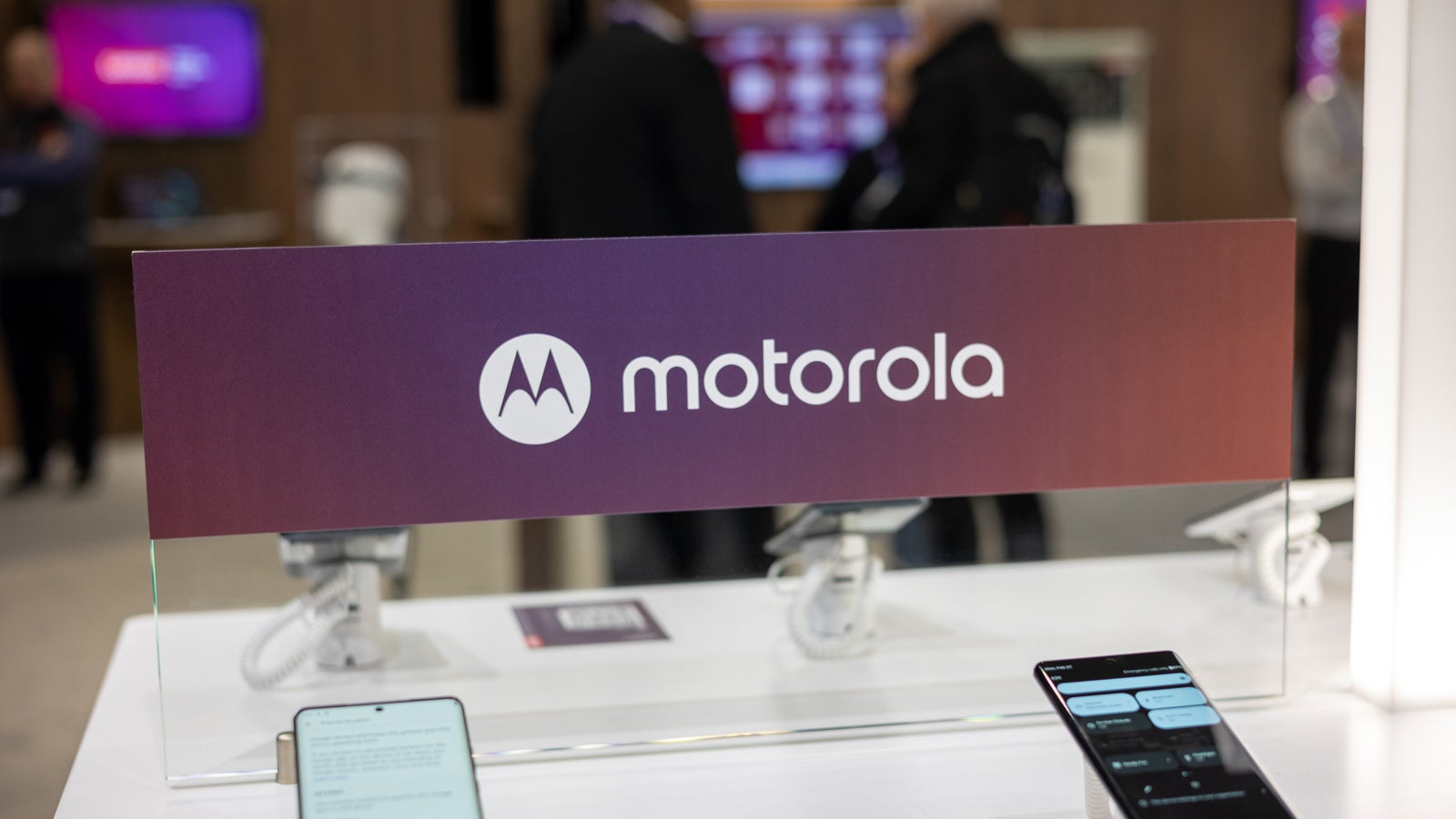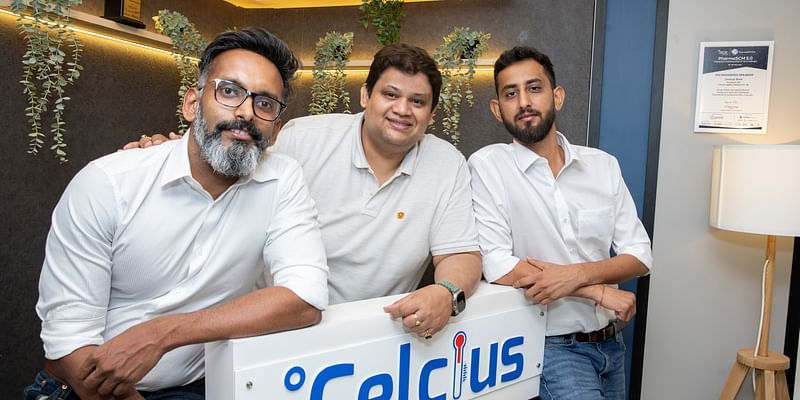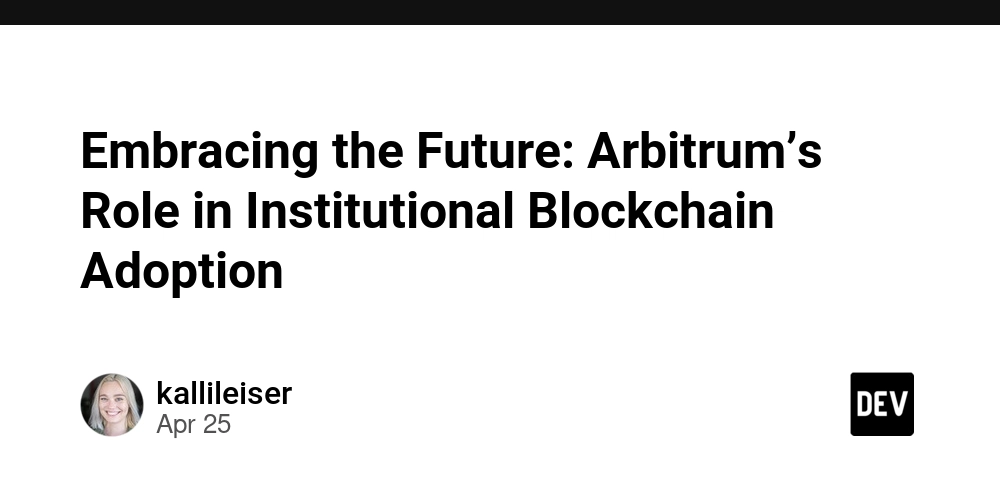Mintable's Blockchain Impact on Open Source Software: A New Dawn for Intellectual Property & Collaboration
Abstract: This post explores how Mintable is revolutionizing the open source ecosystem by harnessing blockchain technology to manage intellectual property, boost developer collaboration, secure software projects, and streamline licensing using NFTs and smart contracts. We delve into blockchain fundamentals, examine Mintable's key contributions, discuss practical use cases, review challenges and limitations, and explore future innovations. The article weaves technical insights with accessible language, offering tables, bullet lists, and authoritative links – including perspectives from both License-Token and dev.to – making it an invaluable resource for developers, project managers, and technology enthusiasts looking to understand this transformative synergy. Introduction Blockchain technology has transformed multiple industries, and now it is reshaping open source software (OSS) development. Mintable, a platform built on blockchain transparency, has emerged as a pioneering force in solving intellectual property challenges and increasing collaboration in OSS. By incorporating blockchain features — from immutable ledgers to NFT licensing and smart contracts — Mintable offers a new paradigm for OSS sustainability and innovation. This blog post explains how these blockchain innovations work, why they matter, and what the future holds for developers, businesses, and the OSS community. Background and Context Blockchain is a distributed and immutable ledger known for its transparency, security, and decentralization. Its application in open source is both natural and necessary. Open source software, which traditionally thrives on community collaboration and voluntary contributions, often struggles with challenges like intellectual property disputes and inadequate funding models. Mintable bridges that gap by offering clear digital trails for every contribution. Historically, OSS has been governed by licenses such as MIT, GPL, or Apache. However, as communities expand and commercial interests grow, maintaining clarity on usage rights becomes complex. By using blockchain technology, Mintable timestamps and authenticates code submissions, ensuring that contributors receive proper recognition and legal protection. This approach also complements conventional models and supports community-driven innovation. Key blockchain concepts used in Mintable include: Immutability: Once data is recorded on the blockchain, it cannot be altered or tampered with. Decentralization: No single organization controls the ledger; instead, control is distributed among many network nodes. Cryptographic Security: Every transaction is secured with cryptography, building high trust among developers and users. Smart Contracts: Self-executing contracts encode governance and licensing rules to automate and enforce agreements. Mintable’s innovative efforts reflect a growing trend where open source projects benefit from blockchain technology’s enhanced transparency and security. Core Concepts and Features Mintable implements several blockchain-driven features to revolutionize OSS. Let’s explore these core concepts in more detail: 1. Intellectual Property Management Mintable uses blockchain’s timestamping to ensure that every code contribution is recorded with an immutable signature. This process not only recognizes authorship but also provides legal protection to contributors. For further insight on licensing in blockchain environments, consider reading about open source licensing models on blockchain. 2. Enhanced Developer Collaboration By transparently tracking contributions, Mintable minimizes disputes and increases trust among developers. When issues arise regarding contributions or disputes occur, the blockchain ledger acts as a verifiable source of truth. As a result, the environment becomes more collaborative and less prone to conflict. For additional examples, see the discussion on blockchain transparency in open source projects. 3. Increased Security and Trust The immutable nature of blockchain protects code from unauthorized modifications. This security measure reinforces user confidence and can encourage broader industry adoption. As developers and businesses increasingly look for secure platforms, blockchain offers a dependable solution. Explore more about blockchain security. 4. Revolutionary NFT Licensing Mintable is pioneering the use of non-fungible tokens (NFTs) to license software. Each NFT acts as a verifiable digital certificate of usage rights and can streamline royalty distribution. This radical shift makes licensing simpler and more transparent. For those curious about the value proposition of NFTs, the article on why are NFTs valuable is a compelling read. 5. Smart Contracts for Governance Smart contracts automate the entire governance process. These self-executing agreements ensure fair project management and adher
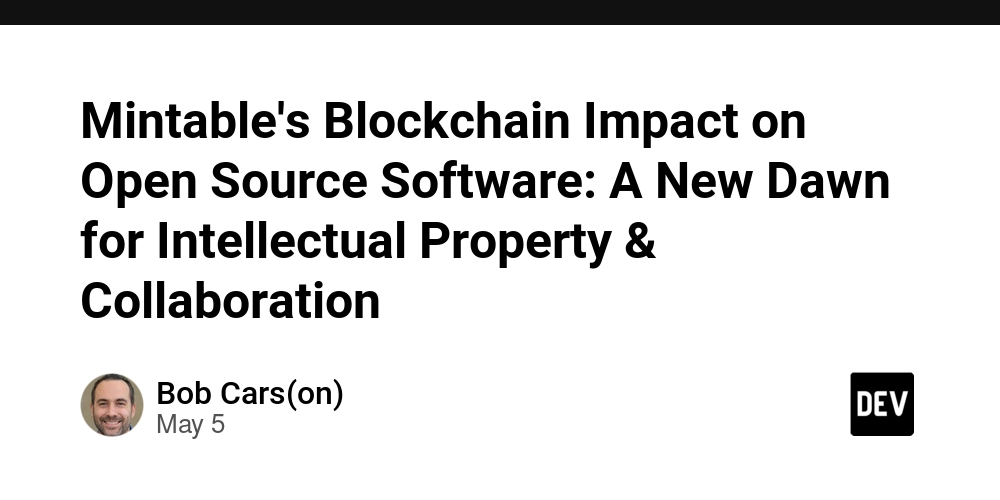
Abstract:
This post explores how Mintable is revolutionizing the open source ecosystem by harnessing blockchain technology to manage intellectual property, boost developer collaboration, secure software projects, and streamline licensing using NFTs and smart contracts. We delve into blockchain fundamentals, examine Mintable's key contributions, discuss practical use cases, review challenges and limitations, and explore future innovations. The article weaves technical insights with accessible language, offering tables, bullet lists, and authoritative links – including perspectives from both License-Token and dev.to – making it an invaluable resource for developers, project managers, and technology enthusiasts looking to understand this transformative synergy.
Introduction
Blockchain technology has transformed multiple industries, and now it is reshaping open source software (OSS) development. Mintable, a platform built on blockchain transparency, has emerged as a pioneering force in solving intellectual property challenges and increasing collaboration in OSS. By incorporating blockchain features — from immutable ledgers to NFT licensing and smart contracts — Mintable offers a new paradigm for OSS sustainability and innovation. This blog post explains how these blockchain innovations work, why they matter, and what the future holds for developers, businesses, and the OSS community.
Background and Context
Blockchain is a distributed and immutable ledger known for its transparency, security, and decentralization. Its application in open source is both natural and necessary. Open source software, which traditionally thrives on community collaboration and voluntary contributions, often struggles with challenges like intellectual property disputes and inadequate funding models. Mintable bridges that gap by offering clear digital trails for every contribution.
Historically, OSS has been governed by licenses such as MIT, GPL, or Apache. However, as communities expand and commercial interests grow, maintaining clarity on usage rights becomes complex. By using blockchain technology, Mintable timestamps and authenticates code submissions, ensuring that contributors receive proper recognition and legal protection. This approach also complements conventional models and supports community-driven innovation.
Key blockchain concepts used in Mintable include:
- Immutability: Once data is recorded on the blockchain, it cannot be altered or tampered with.
- Decentralization: No single organization controls the ledger; instead, control is distributed among many network nodes.
- Cryptographic Security: Every transaction is secured with cryptography, building high trust among developers and users.
- Smart Contracts: Self-executing contracts encode governance and licensing rules to automate and enforce agreements.
Mintable’s innovative efforts reflect a growing trend where open source projects benefit from blockchain technology’s enhanced transparency and security.
Core Concepts and Features
Mintable implements several blockchain-driven features to revolutionize OSS. Let’s explore these core concepts in more detail:
1. Intellectual Property Management
Mintable uses blockchain’s timestamping to ensure that every code contribution is recorded with an immutable signature. This process not only recognizes authorship but also provides legal protection to contributors. For further insight on licensing in blockchain environments, consider reading about open source licensing models on blockchain.
2. Enhanced Developer Collaboration
By transparently tracking contributions, Mintable minimizes disputes and increases trust among developers. When issues arise regarding contributions or disputes occur, the blockchain ledger acts as a verifiable source of truth. As a result, the environment becomes more collaborative and less prone to conflict. For additional examples, see the discussion on blockchain transparency in open source projects.
3. Increased Security and Trust
The immutable nature of blockchain protects code from unauthorized modifications. This security measure reinforces user confidence and can encourage broader industry adoption. As developers and businesses increasingly look for secure platforms, blockchain offers a dependable solution. Explore more about blockchain security.
4. Revolutionary NFT Licensing
Mintable is pioneering the use of non-fungible tokens (NFTs) to license software. Each NFT acts as a verifiable digital certificate of usage rights and can streamline royalty distribution. This radical shift makes licensing simpler and more transparent. For those curious about the value proposition of NFTs, the article on why are NFTs valuable is a compelling read.
5. Smart Contracts for Governance
Smart contracts automate the entire governance process. These self-executing agreements ensure fair project management and adherence to predefined licensing terms. They reduce the need for intermediaries and administrative oversight. More details on how smart contracts can revolutionize project governance can be found at smart contracts on blockchain.
6. Transparent Funding Mechanisms
Blockchain enables transparent tracking of donations, sponsorships, and other funding streams. Transparent funding not only increases accountability but also encourages more financial support for OSS projects.
Below is a table comparing traditional OSS processes with Mintable’s blockchain-enhanced methods:
| Aspect | Traditional OSS | Blockchain-Enhanced OSS (Mintable) |
|---|---|---|
| Intellectual Property Tracking | Manual credits & periodic audits | Automated timestamping & immutable records |
| Developer Collaboration | Forum-based disputes & version control challenges | Transparent contribution tracking, reducing disputes |
| Security | Vulnerable to tampering | Cryptographically secured, immutable ledger |
| Licensing | Conventional licenses (e.g., MIT, GPL) | NFT-based licensing for verifiable rights and royalties |
| Governance | Centralized decision-making | Automated governance through smart contracts |
| Funding Transparency | Opaque donation and sponsorship tracking | Transparent, real-time funding tracking |
Applications and Use Cases
Mintable’s blockchain integration has diverse practical applications within the OSS ecosystem. Below, we detail some scenarios in which its innovations can be implemented:
Use Case 1: Software Licensing and Rights Management
When a developer contributes to an OSS project, every code change is recorded on the blockchain. Through NFT licensing, developers can:
- Prove ownership and contribution history.
- Receive direct royalties based on usage.
- Reduce the need for legal arbitration.
This model not only protects individual rights but also encourages a sustainable funding ecosystem for open source projects.
Use Case 2: Dispute Resolution and Governance
In a collaborative project, disagreements over contributions can be a major hurdle. With blockchain:
- A transparent ledger of all contributions is maintained.
- Smart contracts automatically enforce governance rules, reducing manual intervention.
- Conflicts are mitigated as the blockchain acts as an unbiased record.
Use Case 3: Funding and Sponsorship Transparency
Many OSS projects depend on community donations and corporate sponsorships. By enabling transparent fund tracking:
- Donors can see exactly how funds are used.
- Projects can prove compliance with funding stipulations.
- Increased trust results in higher levels of support for innovation.
For technical perspectives on funding models, check out insights on funding blockchain projects in emerging markets.
Challenges and Limitations
While the blockchain integration through Mintable has significant benefits, several challenges remain:
Scalability:
Blockchain networks, particularly when handling numerous transactions, face scalability issues. As OSS projects grow, ensuring rapid and efficient validation of transactions can be a challenge.Regulatory Compliance:
The legal framework surrounding blockchain and NFT licensing is still evolving. Projects must navigate complex international regulations which could affect intellectual property rights and funding transparency.Integration Complexity:
Merging traditional OSS practices with advanced blockchain technologies requires effective integration frameworks. Existing tools and platforms might not seamlessly support blockchain operations, requiring a careful redesign or additional middleware.Adoption Barriers:
While blockchain offers potential, there is a learning curve associated with understanding and implementing its technologies. Developers and organizations may be slow to adopt new methodologies due to a lack of technical knowledge or resistance to change.Energy Consumption:
Although many blockchain networks are moving toward energy-efficient protocols, concerns still exist regarding the carbon footprint of blockchain operations.
Future Outlook and Innovations
The future of open source and blockchain integration looks promising. Here are some trends and innovations to watch:
1. Evolution of NFT Licensing
As NFT technology matures, licensing models will become more integrated and user-friendly, likely paving the way for dynamic licensing models that adjust in real time based on usage and demand.
2. Enhanced Smart Contracts
Advances in smart contract technology will offer even more secure and efficient governance. Expect greater automation, improved decision-making processes, and broader adoption in community-run projects.
3. Broader Adoption Across Industries
Mintable’s model can serve as a blueprint beyond the software realm. As more industries seek secure, decentralized methods of managing intellectual property – from digital art to renewable energy – blockchain-driven solutions will gain momentum.
4. Focus on Sustainability
Efforts are underway to address energy consumption and scalability challenges. Layer 2 solutions, interoperability protocols, and sustainable practices in blockchain development will be key factors in the evolution of OSS funding and licensing.
5. Community-Driven Innovations
Emerging platforms and communities are actively exploring new models for open source funding and governance. For additional reading on developer compensation and collaboration models, consider the exploring open source licensing models in the blockchain era: A deep dive article on dev.to.
Additional Resources from dev.to
For readers interested in deepening their understanding of blockchain and open source integration, the following dev.to articles offer practical insights:
- Navigating the Complex Landscape of Blockchain Project Funding & Regulation
- Exploring Open Source Developer Crowdfunding: A New Era of Sustainability
- Arbitrum vs. Polygon: A Deep Dive into Ethereum’s Layer 2 Scaling Solutions
These articles complement our discussion by highlighting how funding, licensing, and scalability challenges are being addressed within the blockchain ecosystem.
Key Takeaways (Bullet List)
Blockchain Transparency:
Provides immutable intellectual property records and enhances trust among OSS contributors.NFT Licensing:
Streamlines software licensing with verifiable tokens, ensuring fair royalty distribution.Smart Contracts:
Automate governance processes, reducing risks of human error and bias in project management.Funding Transparency:
Ensures that donations and sponsorship funds are tracked accurately, fostering accountability.Collaboration Enhancement:
Minimizes disputes by having an indisputable record of contributions.Scalability & Integration Challenges:
While promising, blockchain faces inherent technical and regulatory obstacles that need ongoing innovation.
Summary
Mintable stands at the forefront of transforming open source software by leveraging the power of blockchain. Through its innovative use of immutable records, NFT licensing, smart contracts, and transparent funding mechanisms, Mintable offers a solution to the long-standing challenges of intellectual property management and collaboration in OSS. While certain challenges like scalability, regulatory compliance, and integration complexities remain, the trajectory of innovation is clear. Developers can look forward to a more secure, transparent, and sustainable future where open source projects receive the recognition and funding they deserve.
The integration of blockchain in OSS is not only a technical upgrade—it is also a catalyst for a cultural shift towards greater decentralization and community ownership. This synergy opens the door for new business models, enhanced developer compensation, and a more robust ecosystem where ideas and contributions are protected through technology.
As blockchain networks evolve and smart contract capabilities expand, we can expect future innovations to further streamline licensing, fortify security, and simplify the funding process. For developers, business leaders, and enthusiasts alike, understanding these trends is essential to navigate the digital frontier.
For an in-depth look at how blockchain is reshaping other technological domains, you may also visit Mintable and explore related content such as blockchain transparency in open source projects and blockchain security.
In closing, Mintable’s pioneering approach is setting the stage for a future where open source software is not only more secure and transparent but also more sustainable through innovative funding and licensing mechanisms. As we continue to explore these cutting-edge integrations, the potential for a robust and collaborative digital ecosystem shines brighter than ever.
Happy coding and blockchain exploring!
For further reading and additional insights on the evolving landscape of blockchain integration and open source funding, do not hesitate to check out the linked resources above.








































































































































































![[The AI Show Episode 145]: OpenAI Releases o3 and o4-mini, AI Is Causing “Quiet Layoffs,” Executive Order on Youth AI Education & GPT-4o’s Controversial Update](https://www.marketingaiinstitute.com/hubfs/ep%20145%20cover.png)










































































































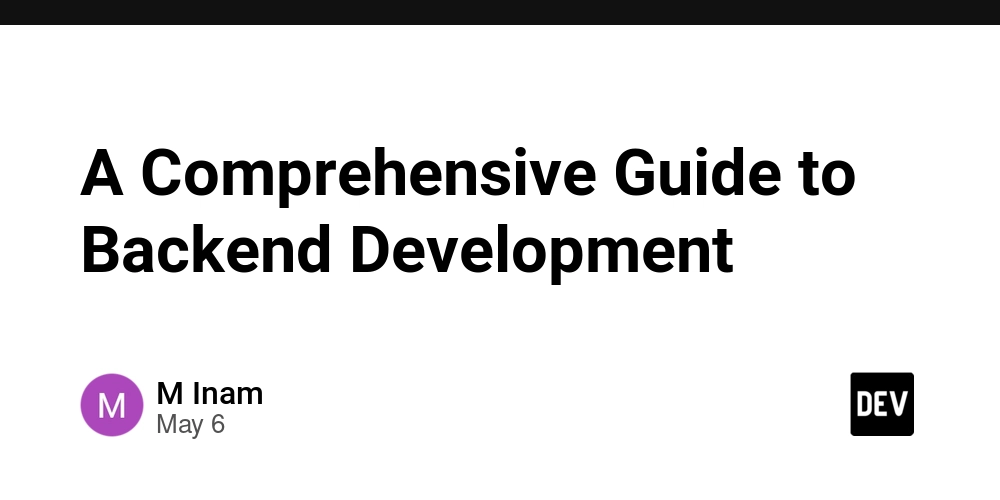

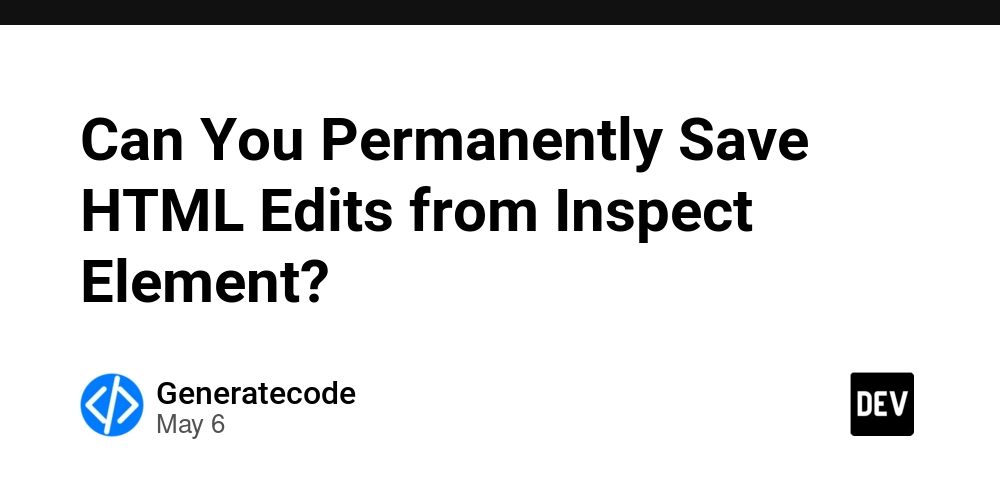





















































































































































































































































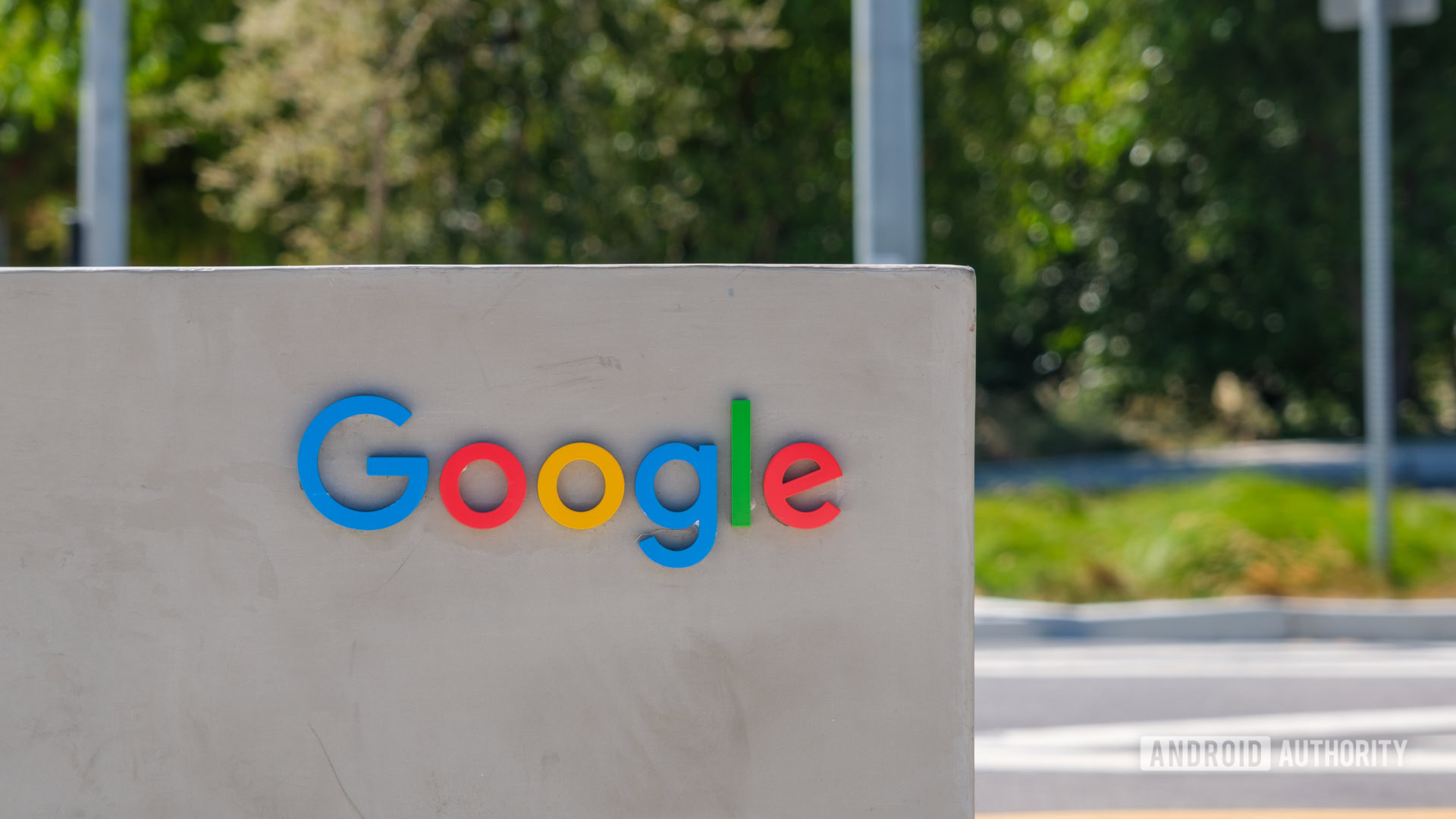






















![Apple Shares Official Teaser for 'Highest 2 Lowest' Starring Denzel Washington [Video]](https://www.iclarified.com/images/news/97221/97221/97221-640.jpg)

![Under-Display Face ID Coming to iPhone 18 Pro and Pro Max [Rumor]](https://www.iclarified.com/images/news/97215/97215/97215-640.jpg)

















